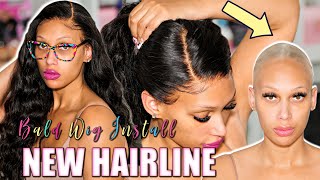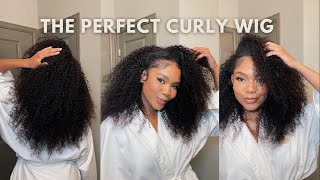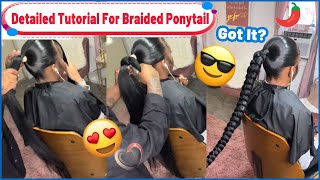Wig Cap Construction Basics
- Posted on 03 November, 2021
- Hair Knowledge
- By Anonymous
Wigs have come a long way since your grandmother’s day! The new advancements in alternative hair technology come together to deliver the most contemporary styles making it impossible to tell the difference between a wig and natural hair.
But, before you consider style and color, it’s important to find the best cap to suit your needs so you can fully enjoy your wig.
The Wig Base
The wig cap or base, is the material the wig hairs are attached to. Newer caps are lighter and more durable to give you a more comfortable fit and a look that’s completely natural. There are four basic types of cap features you should be familiar with next time you’re looking for a wig. Each one has its particular advantages, and unique technique by which hair is attached.
4 Types of Cap Features
100% Hand-tied
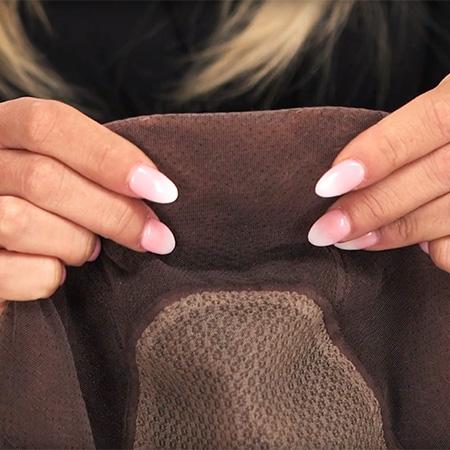
Also known as 100% hand-knotted, these comfortable and lightweight caps are among the very best available. Each hair is individually hand-tied to the cap to create the most natural movement. This allows the hairs to move freely, and you get the added bonus of styling versatility which allows you to comb the hair in any direction. It has the softest and smoothest base which contours to the scalp, giving a near custom fit; ideal for sensitive scalps or hair loss.
Monofilament
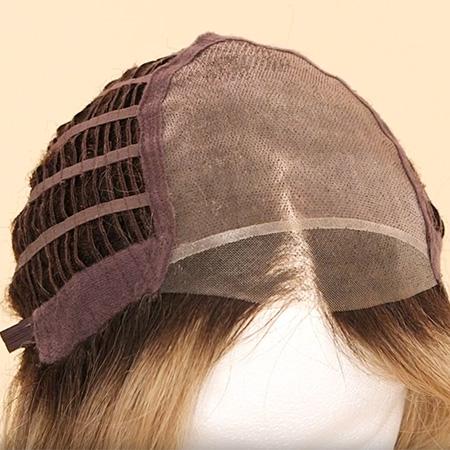
There are two types of monofilament tops:
- A full mono top allows for parting and styling versatility.
- A double mono top gives an extra layer of soft material for added comfort (perfect for sensitive skin or scalps).
This is a wonderful option that offers very natural hair growth from the scalp where the hair is parted. The monofilament can be found just at the crown, along a pre-defined part or across the full top of the wig. Similar to the 100% hand-tied caps, each hair is individually hand-tied to a sheer base (but not the entire cap).
Lace front
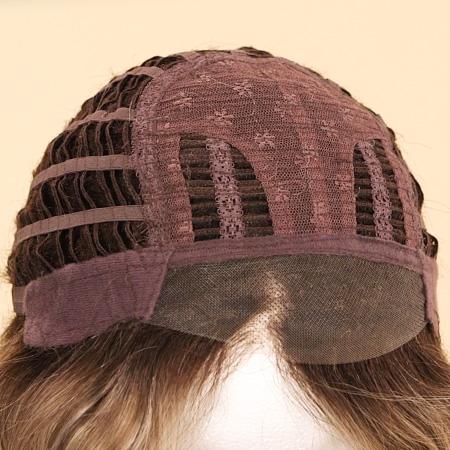
These caps are more popular than ever! Once very expensive and found only on Hollywood productions, they are now much more accessible. Made of delicate materials that should be handled with care, the lace goes from temple-to-temple, or are extended from ear-to-ear and designed to blend in with a variety of skin tones. Each hair is individually tied to the cap, but like monofilament wigs (not to the entire cap). This allows for styling the hair away from the face while maintaining the illusion of a natural front hair line. Most are ready-to-wear and don’t require tape or adhesive for attachment.
Basic cap
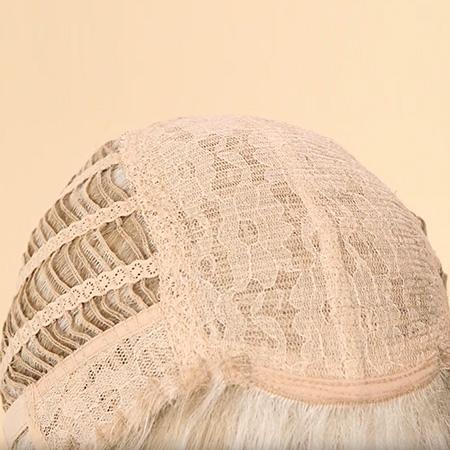
These are the most durable and affordable wig caps. They include both cap-less and traditional constructions, identified by the open wefting in the cap for better air ventilation. A weft is a curtain of hair sewn onto the cap. The hair on these caps are pre-teased at the root to mask the cap beneath, which often gives the hair natural volume at the crown.
You may find that some styles incorporate more than one cap feature, some even vary by brand. Knowing about these cap features will help you choose wigs that are more comfortable and better suited for your needs.
Don’t forget to watch our product videos for individual style details. We love to hear from you. Please leave a comment below and let us know which wig caps work best for your needs.
Learn more about Wig Construction Types here!


